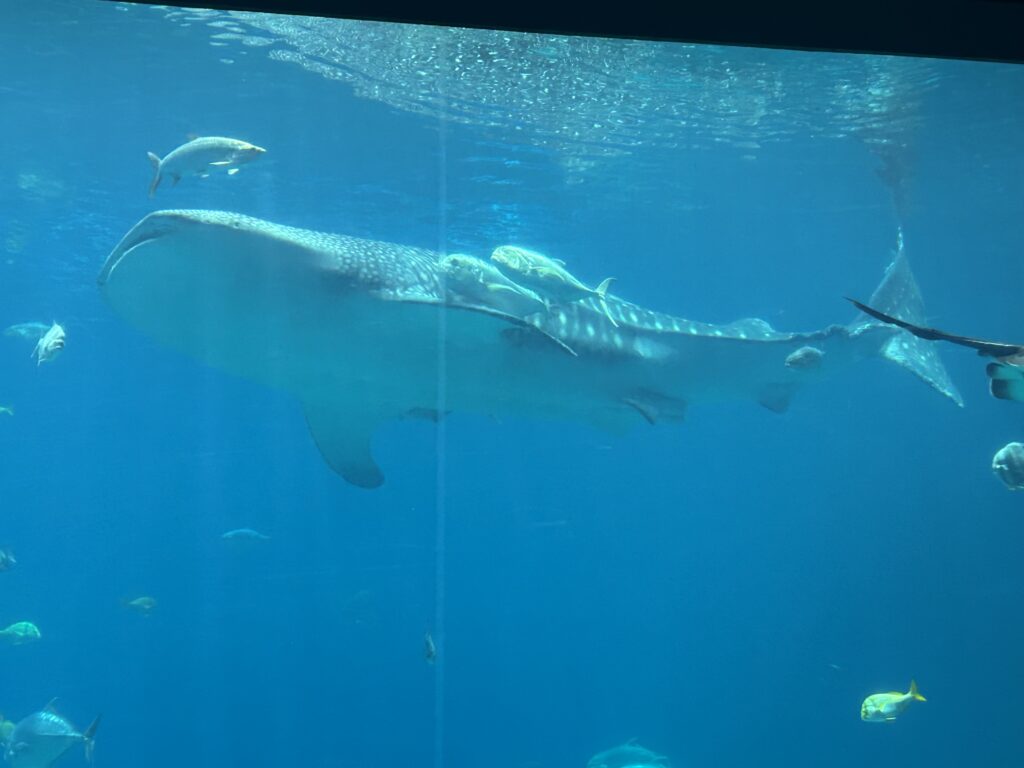Growing up, I felt bad for the animals in zoos and aquariums and thought it was cruel to keep them there. Once I came to college and worked at an aquarium, however, I understood the benefits animals in captivity could give to public education. I came to view the animals at aquariums not as victims but as teachers; and the best teacher I ever had was a whale shark named Taroko. This august, Taroko, a resident of the Georgia Aquarium for two decades, began to deteriorate, and the team at GA made the decision to euthanize him. News of his death spread through the Aquarium’s instagram, and online speculation instantly began. Why did the aquarium have whale sharks in the first place? What caused their deaths? Would another whale shark be replacing Taroko? Famously, the internet is an echo chamber for misinformation. People began to claim that the aquarium was practicing animal abuse by having whale sharks, or that they had poached the sharks from the wild, and the recurring opinion was that he should’ve “just been left in his natural state”. This sentiment that Taroko was robbed of his true natural life relies on the belief that the ocean is a perfect, stable environment and that possible lifespan equals true lifespan. In reality, Taroko was taken from a Taiwan Seafood Market in 2007 as a juvenile. The window for successful rehabilitation and release of a wild animal is short, and Taiwan did not ban whale shark fishing until 2008. This means that even if Taroko and his tank mates had successfully been released, they would’ve likely been caught up again just as quickly. Even if he had made it to 2008 in the wild, he still would’ve had to avoid vessel strikes, ghost nets, tourist interactions, and other anthropogenic disturbances. Every commenter could’ve easily found this information and educated themselves before posting harmful rhetoric that villainised the aquarium, but they didn’t. For these people behind the screen, blindly joining in on the anti-aquarium sentiment is easier than educating themselves on the real issues our oceans are facing, and reflecting on how they contribute to them.

This struck me as the perfect example of why we need animals like Taroko. A large part of the climate crisis is a lack of public education about environments and animals that are threatened. He served as a steward for his species, educating millions of visitors and forming memories that will inspire them to care more about whale sharks and our oceans as a whole. We need people to be inspired in order for them to start asking the hard questions that lead to real change, such as who is truly responsible for the state of our oceans. Our society is increasingly disconnected from scientific research and the animals it is used to protect. Seeing animals like Taroko helps demystify this research and makes the public aware of what we stand to lose if global climate change and harmful anthropogenic practices continue.
Managing Taiwan’s Whale Shark Trade. WWF conserves our planet, habitats, & species like the Panda & Tiger. (n.d.). https://wwf.panda.org/es/?77100%2FManaging-Taiwans-whale-shark-trade